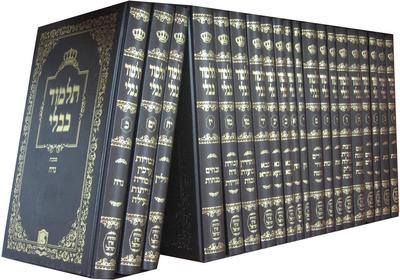The Ambrosiaster text gives a fourth century or later Latin perspective on the workers of miracles as described by St. Paul.
Paul wrote about this function in his First letter to the Corinthians (12:28).
Here is the actual Biblical citation:
And in the church God has appointed first of all apostles, second prophets, third teachers, then workers of miracles, also those having gifts of healing, those able to help others, those with gifts of administration, and those speaking in different kinds of tongues.”(NIV)
The key-text here is the “workers of miracles” which in the Greek text is δυνάμεις and in Ambrosiaster’s text, virtutes.
